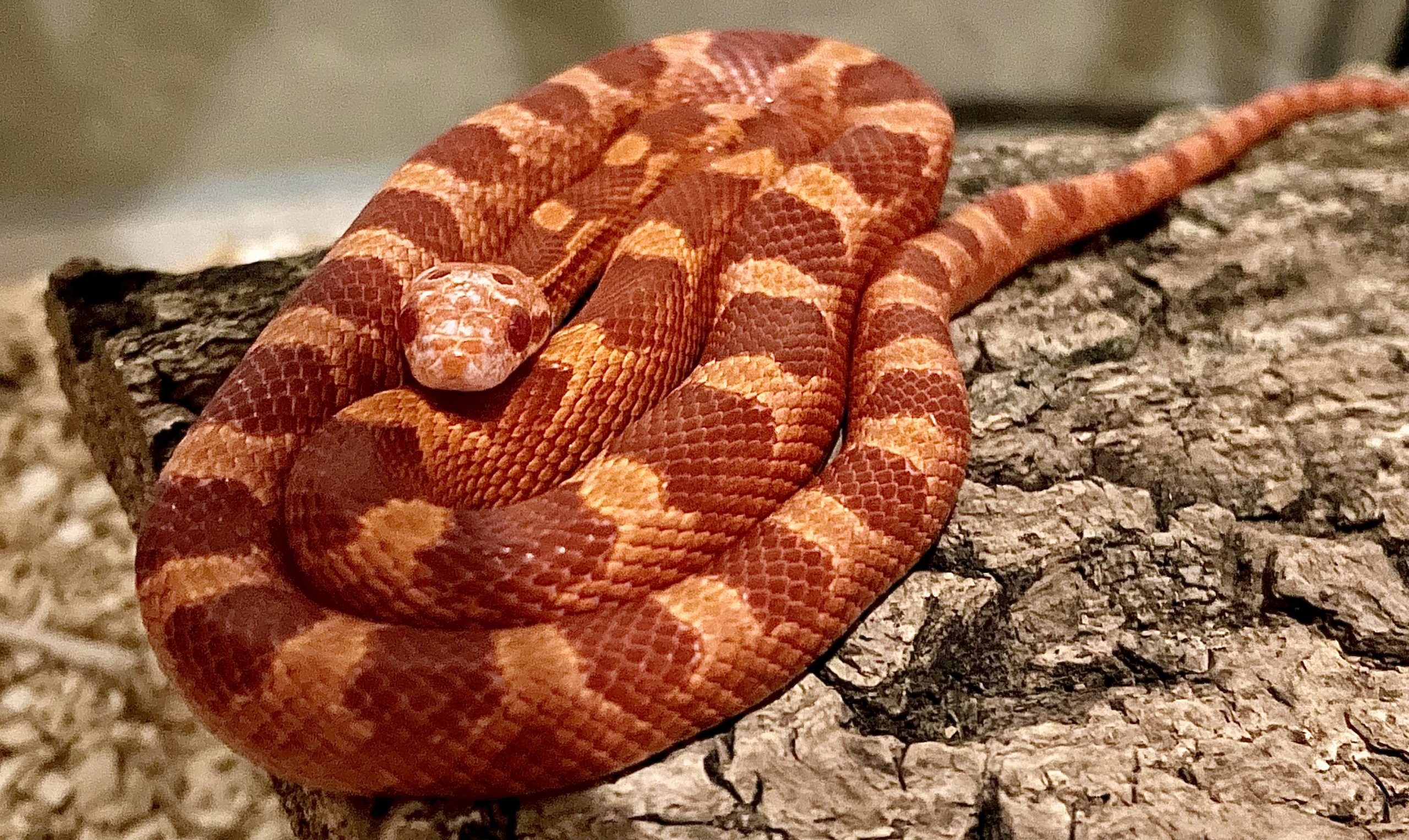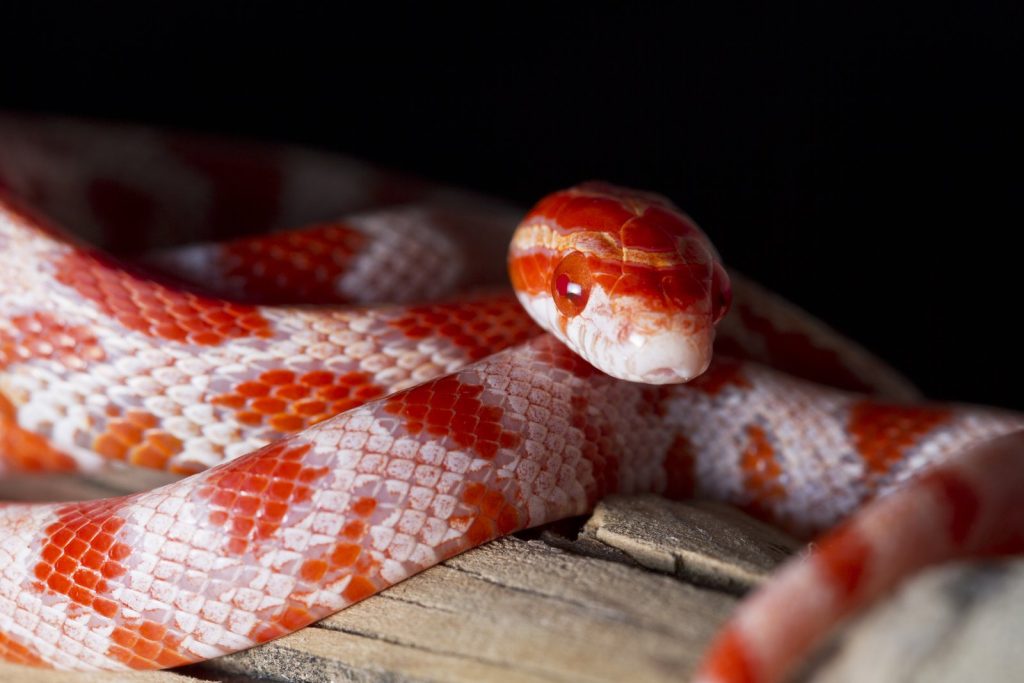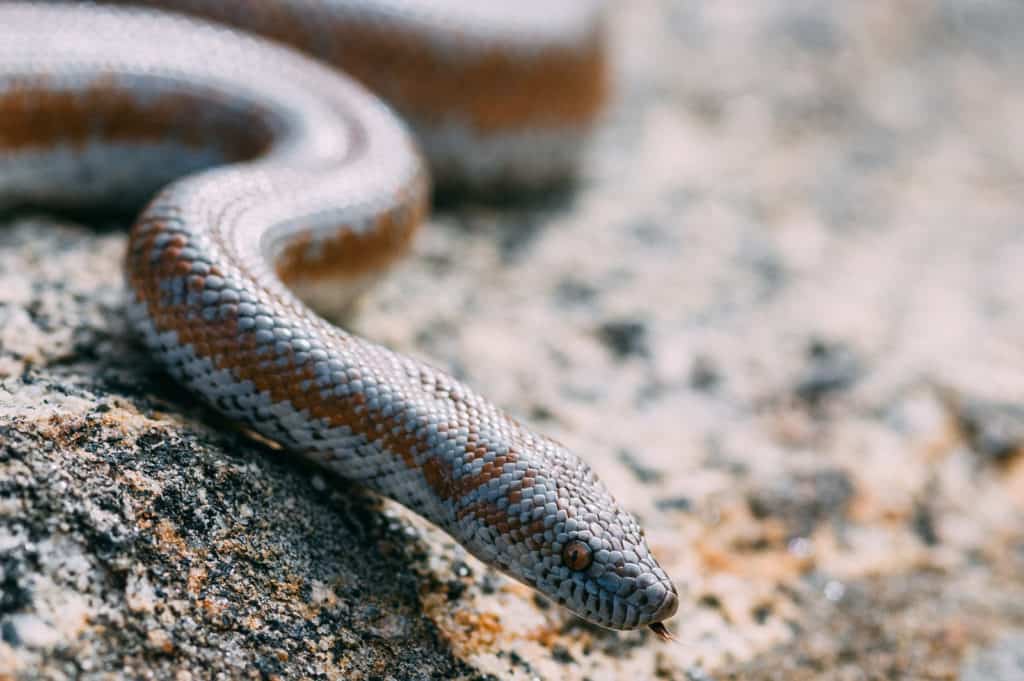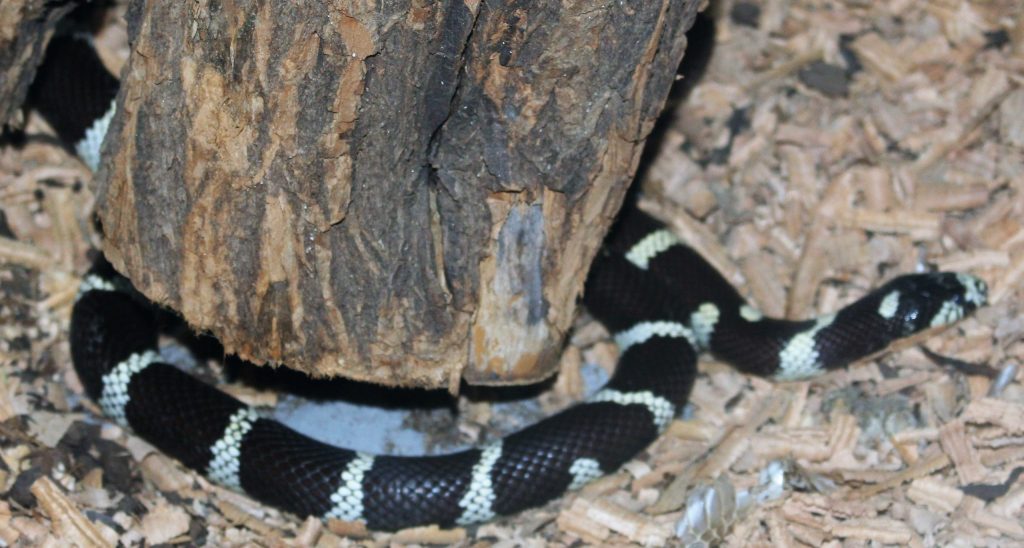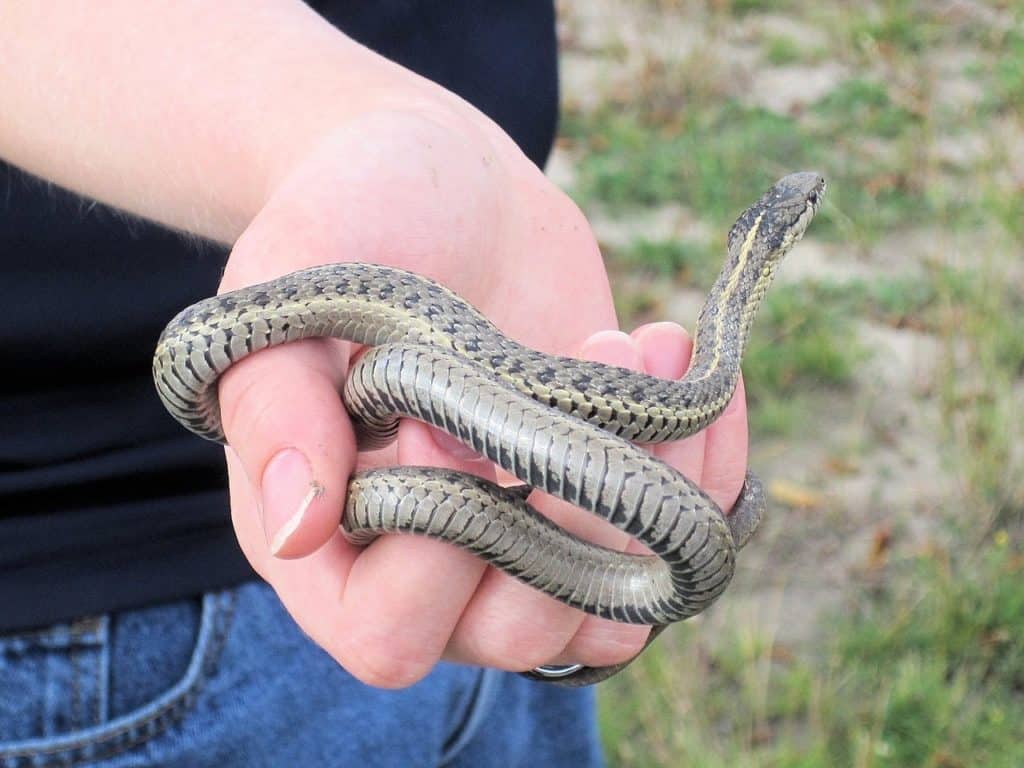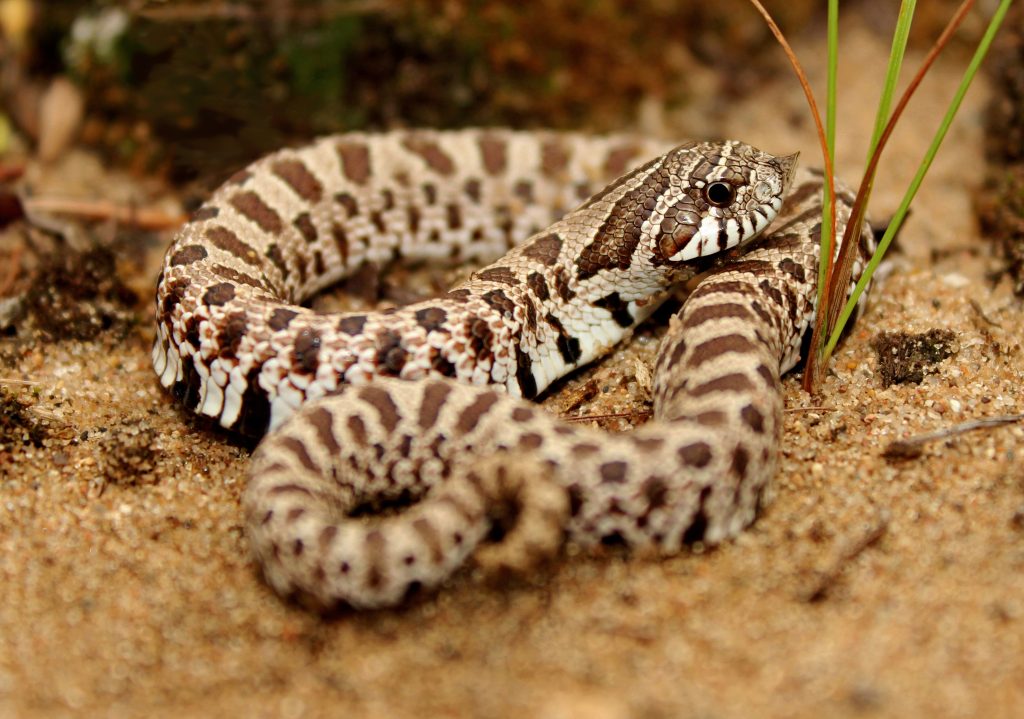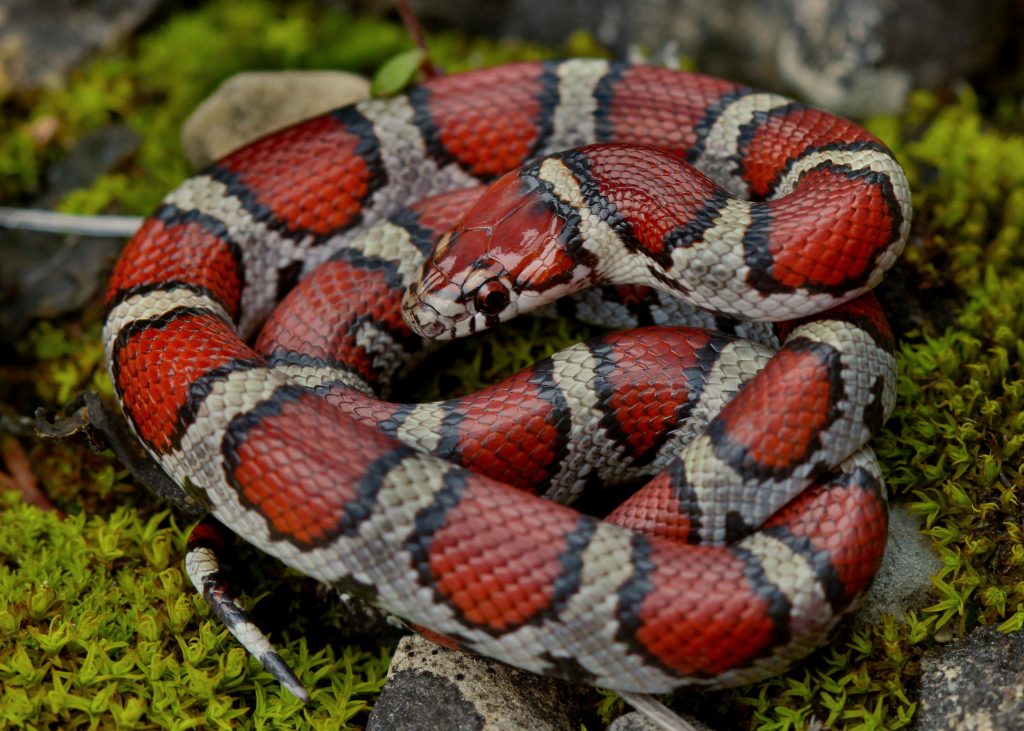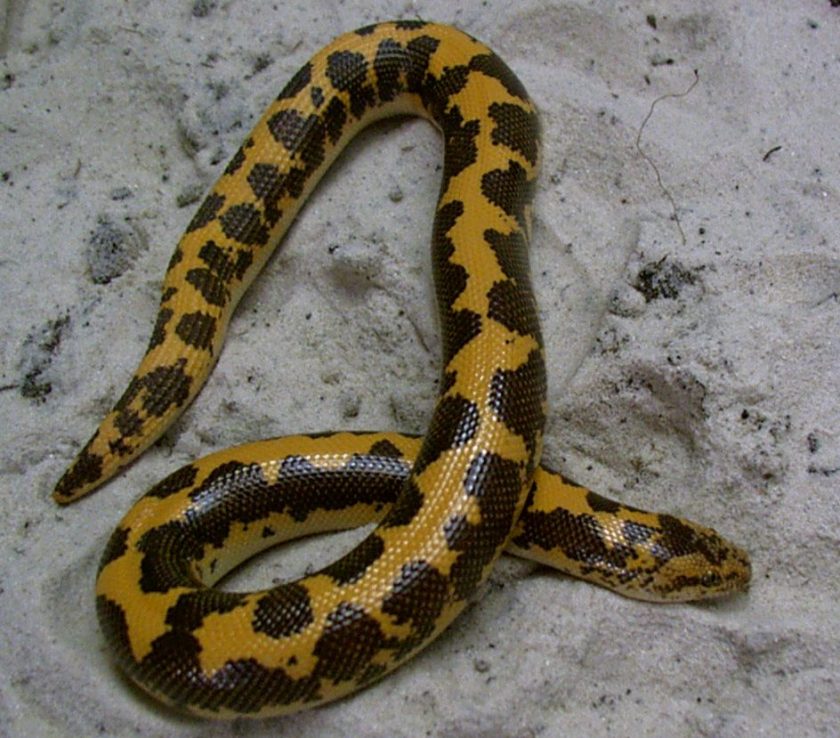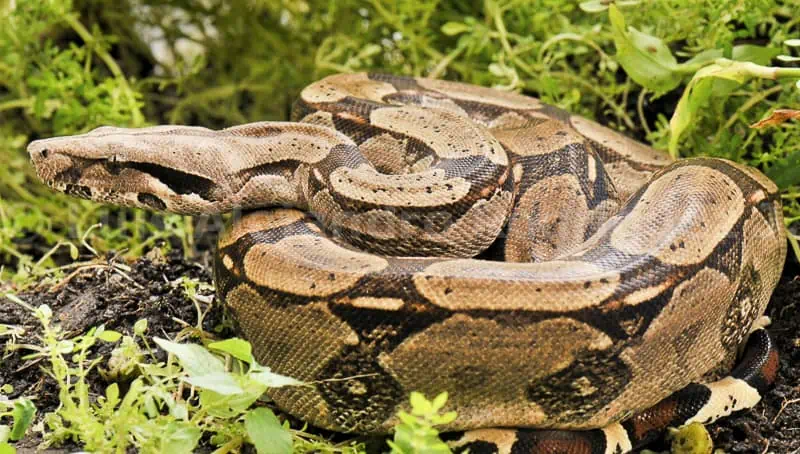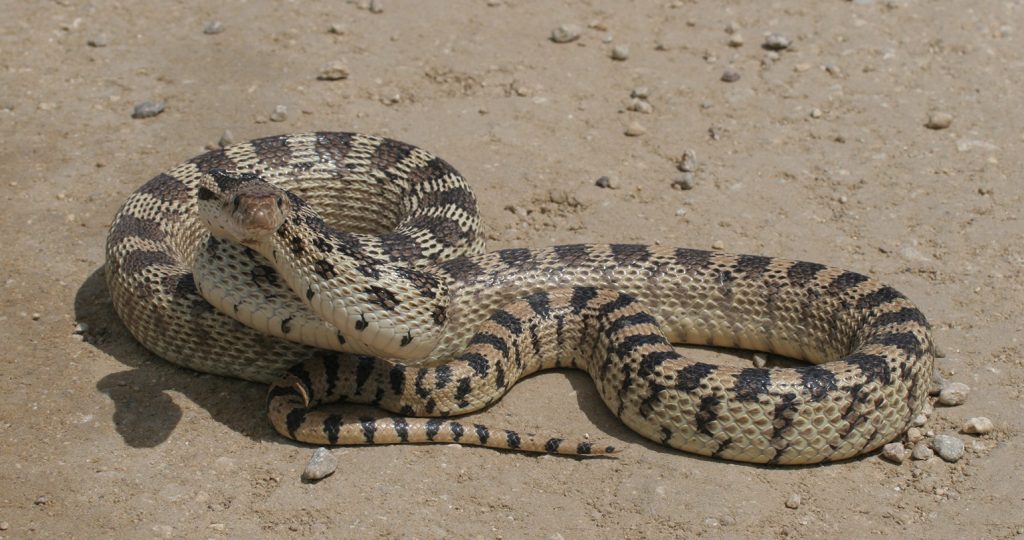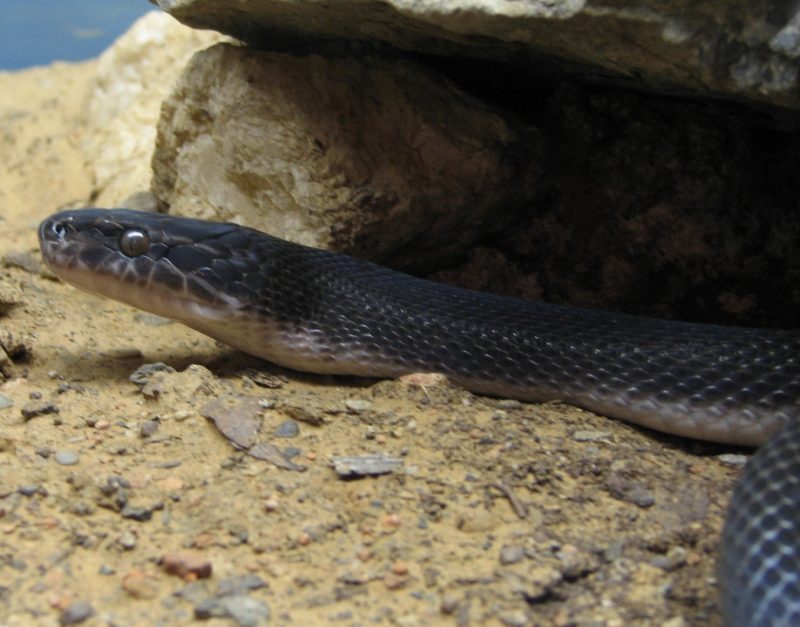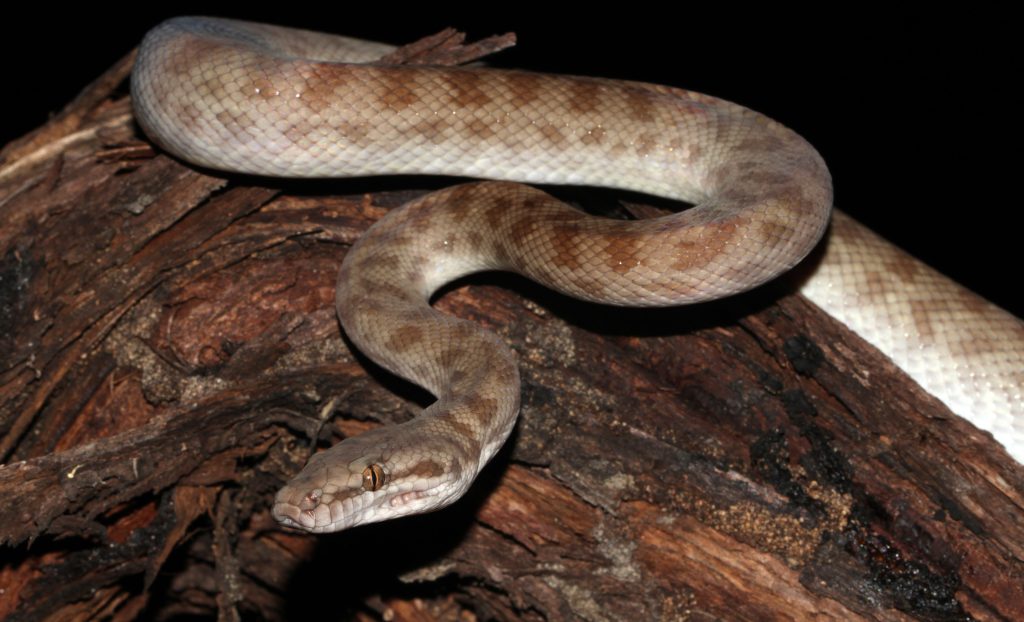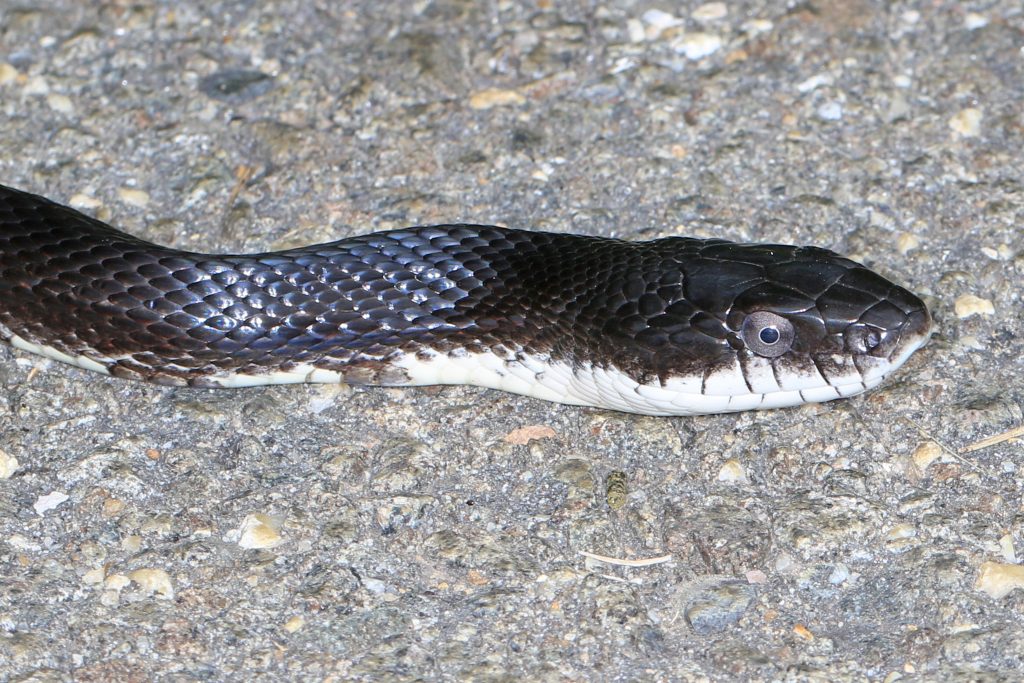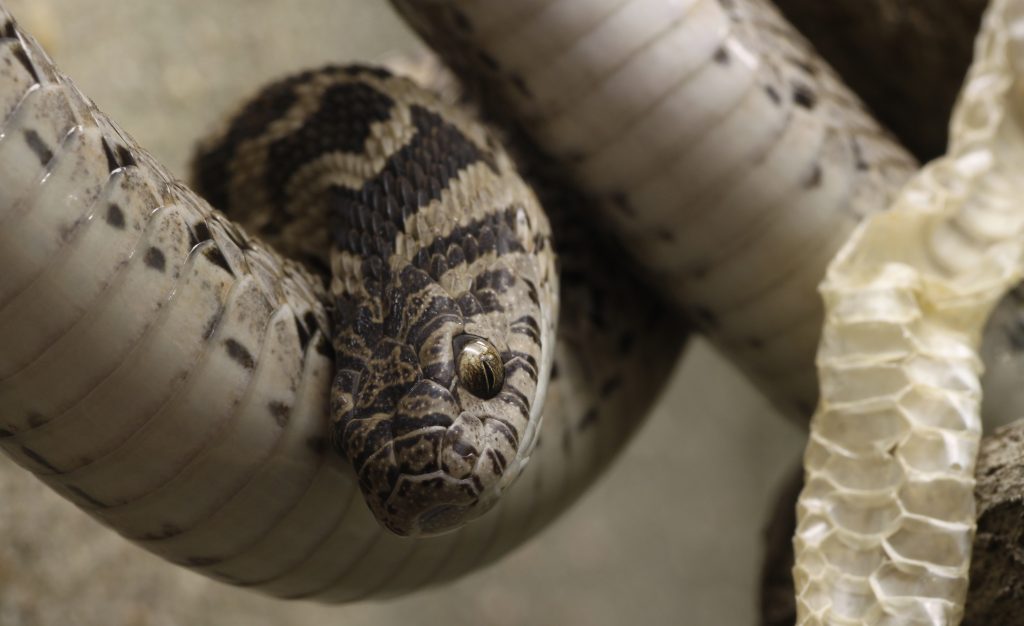Every day in my practice, I see something amazing: people and snakes sharing a special connection with each other. It might seem surprising to many of us initially, but it’s wonderful. Owning a pet can bring up a lot of questions. Especially if you’re planning to get a pet snake, but don’t worry! Many snakes are safe, different, calm, and pretty – From the calm Corn Snake to the special Rosy Boa – these serpentines show us that what peoples think about them are wrong. They’re super interesting, with their unique patterns and cool behaviors. Plus, many of them don’t get too big, making them the perfect pet for both new and experienced snake lovers.
Are you ready to meet your new snake friend? Let’s find the best snake for you that is not venomous and gives a wonderful experience and peaceful pet-owning journey!
Why Choose a Non-Venomous Snake?
Well, it’s all about being safe, especially if you’re starting out with pet snakes. Choose a snake that isn’t poisonous because they are way safer for everyone. Remember, they don’t harm people much (if they bite, it mostly doesn’t hurt).
Hold a snake and see how easy they are to handle. That’s another reason – they’re easy to care for and probably won’t bite. Even if a bite happens, you’ll be okay! Doesn’t that make you feel secure? Owning a safe and easy-to-handle snake lets you and your snake make a good team.
Top 15 Best Non-Venomous Snakes for Beginners
Let’s shed the fear and uncertainty as we slither further into the world of non-venomous pet snakes. Let’s explore together the top non-venomous snakes that are beginner-friendly and a joy to have as pets.
1. Corn Snake (Pantherophis guttatus)
| Size | 2-5 feet |
| Lifespan | 15-20 years |
| Highlight | Easy to handle, comes in various colors. |
Corn snakes are excellent for beginners due to their docile nature and moderate size. They are relatively easy to care for as compared to other snakes. Need a pet that’s not picky? They’re perfect – they don’t need a fancy home, and eating is simple for them, too. The main trait of Corn Snakes includes their attractive orange coloration with red or brownish-red patterns.
Keep their enclosure safe and comfortable! If you keep the temperature and humidity just right in their ideal habitat range and give them the right food – like mice – they will be happy and healthy. Remember, their food should not be much larger than the size of your snake head. This is important for them to live well.
2. Ball Python (Python regius)
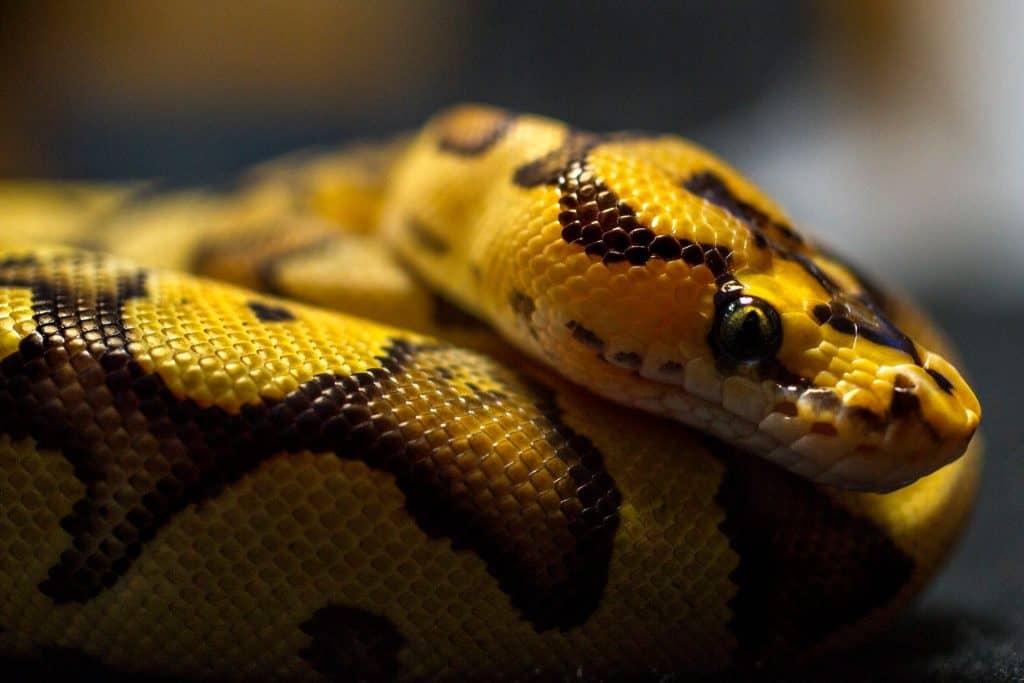
| Size | 2-5 feet |
| Lifespan | 20-30 years |
| Highlight | Generally docile and easy to care for. |
Ball Pythons are known for being calm and gentle. Feeling threatened or scared, they coil up into a ball – their unique way of protecting themselves. They have a strong and muscular body.
Regularly check the temperature and humidity of their habitat; it’s essential for keeping them happy and healthy. Remember to handle them often but gently. This way, they remain calm and don’t frequently get frightened by human contact. Treating them well will be perfect pets, especially if it’s your first time having a snake.
What do you think? Ready to take care of a Ball Python?
3. Rosy Boa (Lichanura trivirgata)
| Size | 2-3 feet |
| Lifespan | 20-30 years |
| Highlight | Gentle and easy to handle. |
However, if you’re looking for a small and stunning snake, consider getting a Rosy Boa! They grow to be just 2-3 feet long. Imagine a snake with amazing colors – shades from rose to orange with beautiful, contrasting stripes. Doesn’t that sound wonderful?
Keep their habitat clean! You need to feed them small mammals like mice, and it’s very important to give them the right amount – not too much. If you feed them properly with frozen-thawed mice (ideal food for them), you help them stay healthy. But remember, don’t overfeed them!
If you take good care of them – regular vet check-ups and a balanced diet – they can live for 20-30 years. Choose the Rosy Boa if you want a beautiful, low-maintenance snake! They need your care and attention but give you their stunning beauty and gentle nature in return. Is that the kind of pet you’re looking for?
🐍 Don’t want to feed mice? Check out our article about the best pet snakes that don’t eat mice
4. California Kingsnake (Lampropeltis californiae)
| Size | 3-4 feet |
| Lifespan | More than 20 years |
| Highlight | Hardy and adaptable. |
California Kingsnakes are known for their unique and bold color patterns, usually a mix of black and white bands. They can reach up to four feet long and have a special shiny and smooth look. Even with their size, they are gentle, making them great pets even for those new to keeping snakes.
They live well in many places, from forests to deserts. In a home setting, a 40-gallon tank works for adult snakes, with a spot for basking and a daytime heat of about 80 degrees. Make sure their space is not too full, adding just a few logs and a rock for basking.
Dealing with California Kingsnakes is mostly easy as grown-ups are gentle and rarely act mean towards people. However, young snakes can be very active and difficult to deal with because of their quick and agile movements. Regular, kind handling helps calm them down and makes them less scared.
5. Garter Snake (Thamnophis sirtalis)
| Size | 2-3 feet |
| Lifespan | 10 years |
| Highlight | Active and enjoys swimming. |
Garter Snakes are common in North and Central America. Their calm nature and small size make them perfect pets, especially for newcomers. Recognize Garter Snakes by their unique three stripes that run lengthwise down their bodies, mostly yellow, but it can differ among species. They are mostly harmless to humans.
They live in different places – grasslands, wetlands, and forests – and they swim well. Their small size, yes, it’s easy and cheap to take care of them. Garter Snakes, social creatures, can live peacefully with other snakes of the same kind, and usually, they bite, ensuring no harm to humans.
However, know this! Some species are a little venomous and can cause mild pain and swelling with a bite (very mild venom, not harmful to humans). They get scared and let out a bad-smelling musk when feeling threatened.
6. Western Hognose Snake (Heterodon nasicus) 
| Size | 1-3 feet |
| Lifespan | 10-20 years |
| Highlight | Known for their upturned snout. |
Let’s talk about the Western Hognose Snake. They have a cute upturned snout, which is pretty handy for them. They use this snout to dig in the sand or soil, making their home right. Typically, males are around 14-24 inches long, while females can grow up to 3 feet. Quite a difference, right?
Mostly, they munch on amphibians, and toads are their favorite. If you’re keeping one of these as a pet, you should feed them pre-killed mice. And always remember to keep a close eye on their weight and change their diet if needed to ensure they don’t get too chubby.
Even though they’re calm and great as pets, these snakes have some drama in them, too. Guess what they do when they feel threatened? They play dead! Yes, that’s right. Handle them with care and spend time with them; they will stay calm and happy.
7. Milk Snake (Lampropeltis triangulum)
| Size | 2-5 feet |
| Lifespan | 20 years |
| Highlight | Colorful and calm. |
Imagine seeing a snake with bright red, black, and white or yellow bands. That’s the Milk Snake! They’re not venomous at all and are generally pretty calm. This makes them a friendly companion for anyone.
They like places where the temperature changes just right and where they can hide and burrow easily. Ensure they have a warm, humid hideout – it’s super important when they shed their skin.
Here’s the thing – Handle them gently and regularly. If you do this, they’ll get used to people and stay friendly. They’re perfect for those who are just starting out with pet snakes. Why? Because they’re peaceful and don’t mind being handled. This makes them a joy and worry-free serpentine for both adults and children.
So, if you choose a Milk Snake as a pet and take care of it right, you’ll have a colorful, calm companion to enjoy!
🐍 Read more: The best pet snakes for kids and their family
8. Kenyan Sand Boa (Gongylophis colubrinus)
| Size | 1-2 feet |
| Lifespan | 20 years or longer |
| Highlight | Small and docile. |
Looking at Kenyan Sand Boas, they’re pretty small, tough snakes. Males barely touch 24 inches, and females only reach 2 feet.
Living in warm, desert-like places, they love to burrow in loose stuff on the ground. If you have one, give them a nice warm spot and hiding places. Doing this keeps them happy and healthy.
Here’s something cool – they make great pets! Small, gentle, and not needing a bunch of work, Kenyan Sand Boas are good for both snake beginners and experts.
So, when you’re keeping one, remember to keep things warm and cozy, let them hide, and get them checked by a vet often. If you do all this, you’ll have a happy little snake buddy for a long time.
9. Common Boa Constrictor (Boa constrictor)
| Size | 6-10 feet |
| Lifespan | 20-30 years |
| Highlight | Generally docile but can grow quite large. |
Common Boa Constrictors are big snakes, usually very calm, and don’t mind being handled. They’re strong and muscular with lovely patterns that might be red, brown, or even muted earth tones. Despite being large, these snakes are manageable and friendly, with unique, saddle-like markings on their back, making them attractive pets.
Ideally, you should place your boa in a large enclosure with different temperatures. Make sure there’s a warm side –maintained at around 85°F-90°F– and a cool side –around 75°F-80°F. Provide lots of hiding spots and a big water dish for soaking. If the humidity is between 60-70%, your snake will be comfortable and healthy. Remember, these details are super important for your boa’s well-being!
10. Gopher Snakes (Pituophis catenife)
| Size | 4-6 feet |
| Lifespan | 15 years on average, up to 30 years |
| Highlight | Adaptable, hardy, and curious with minimal care requirements. |
Gopher snakes are nonvenomous, ground-dwelling constrictors. They love to constrict their food by wrapping it around it. Usually, they are big and heavy, about four to five feet long – but some, especially the bulls, can get to six feet.
Importantly, if you get one, make sure their tank is secure. They’re great escape artists. Use a 20-gallon long tank for growing snakes. Let them have a thick layer of something loose like aspen bedding to burrow in. There is no need for special lights, but do give them warm and cool spots to help them feel just right. Feed them food that’s the right size once a week. Start with mice for babies and rats for adults.
Quickly, you’ll see they’re mostly calm and okay with being held. The more you hold them, the calmer they’ll usually get. They’re curious and brave. They get to know people and aren’t shy about looking around or asking for food.
Remember, feed them properly, handle them regularly, and ensure their tank is secure and comfy. They’ll be happy, and so will you.
11. African House Snake (Boaedon fuliginosus)
| Size | 2-4 feet |
| Lifespan | 15-20 years |
| Highlight | Low maintenance and easy to handle. |
African House Snakes are skinny and small snakes. They have shiny, smooth scales and come in brown, grey, and olive colors, with a paler belly. These colors help them hide in nature, acting like excellent camouflage.
They mostly eat rodents. Feeding them mice is like giving them their favorite snack. But remember, just like you shouldn’t eat super big food you can’t chew, they should also get the right-sized mice.
African House Snakes like to be held. Imagine having a chill pet that doesn’t mind you picking them up. That’s these snakes. But always be gentle, just like you’d want someone to be gentle with you. And remember, if you’re kind and careful, they’ll be your buddies and won’t get scared or upset.
12. Carpet Python (Morelia spilota)
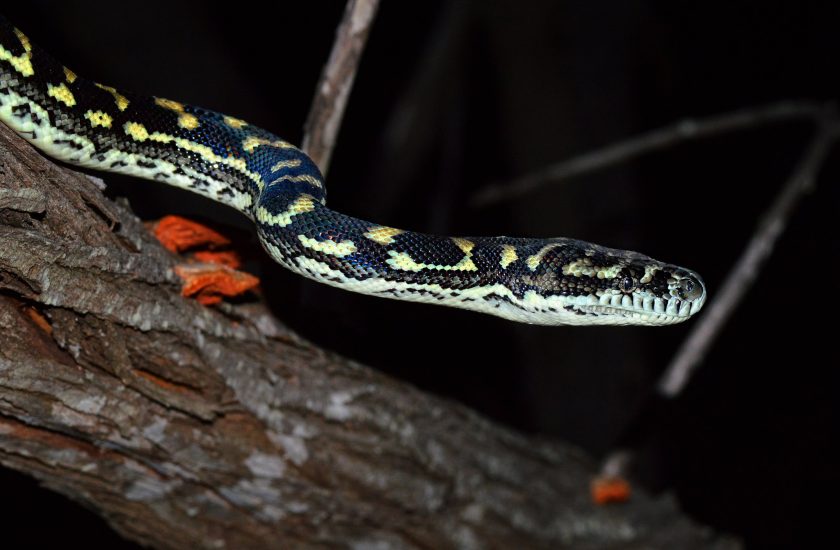
| Size | 5-9 feet |
| Lifespan | 20 years or longer |
| Highlight | Larger but generally docile. |
Carpet Pythons are cool to look at – they get their name from their beautiful scales that look like fancy carpets. You can find them in woodlands and savannas in Australia and sometimes in Papua New Guinea. They come in different colors, usually black, brown, and yellow patterns, depending on the type. Often, you’ll see them climbing trees to surprise and catch their food (like rats, birds, and lizards).
In captivity, these pythons do great if you give them a big space, at least four feet long. Happily, they don’t need special lighting, and they’re okay with the normal humidity in the air that’s in most homes (40 to 60%). Ensure their space has a warm and cool side – warm should be 85 to 95°F, and cool should be 75 to 80°F. Use aspen or cypress mulch on the bottom of their space, and give them at least one hiding spot and things to climb on.
Usually, Carpet Pythons are calm and safe around people. They are nocturnal – resting all day and getting active at night. If you touch and handle them regularly, they get used to it and stay calm. They are non-venomous, and if they bite, it doesn’t really hurt. So, they make friendly and safe pets for reptile enthusiasts.
If you keep these things in mind, your Carpet Python will be happy and healthy in your care.
13. Children’s Python (Antaresia childreni)
| Size | 3-4 feet |
| Lifespan | 15-20 years |
| Highlight | Named after John George Children, not because it’s suitable for children. |
The Children’s Python is a small, friendly snake – perfect for beginners in pet-keeping. This snake is gentle and calm, making it great for handling and fun interaction. It has a beautiful brown pattern on its skin – looking like a living artwork in your home.
Now, when feeding the Children’s Python, it’s simple. Mostly, they eat small mammals, and you should give them the right size of rodents to keep them healthy and happy.
Handling the Children’s Python is really easy. Due to their calm nature and small size, even younger fans can manage them without fear. You will find yourself amazed frequently by the soft glide of a Children’s Python on your hands and arms. It’s a peaceful experience that strengthens the bond between you and your pet.
14. Black Rat Snake (Pantherophis obsoletus)
| Size | 3-5 feet, |
| Lifespan | 15-20 years |
| Highlight | Docile and good climbers. |
The Black Rat Snake is a great, non-venomous pet snake you can have. Usually, they grow quite large, reaching 3-5 feet, and can get as big as 9 feet. They come in different colors – from black to brown or gray with a light underside and dark blotches down their body. Despite their big size, they’re known for their active nature and being awake daily, making them an engaging pet if you’re the right owner.
Normally, you can find these Black Rat Snakes in the central-eastern parts of the United States. They live in places like bayous, prairies, areas with many trees, and rocky places.
To keep them healthy and happy, ensure you give them proper lighting, including UVB lighting. Maintain the humidity at an average of 50-70% and use a substrate that feels like their natural home, which is really important for their comfort and health.
15. African Egg-Eating Snake (Dasypeltis scabra)
| Size | 2-2.5 feet |
| Lifespan | 10-15 years |
| Highlight | No teeth, specialized in eating eggs; low maintenance. |
African Egg-Eating Snake is quite a non-venomous creature. With its grayish-brown scales, spots, and dark bands, it easily hides in dry brush. You’ll love its big, expressive eyes – sometimes cute, sometimes intense.
Now, these snakes are peaceful. Rarely they might show defensive behaviors, but they hardly ever bite. They’ll get comfortable with you if you make them feel at home. Interestingly, they are okay with being handled. Handle them often – it helps them stay calm and friendly.
Thinking about feeding? Quite simple! Feed them bird eggs. Young ones need food every week. Adults need to be fed every ten days. Here is something interesting: they can eat larger meals as compared to their body size.
And for handling, do it gently and regularly. They might curl around your arm, feeling like they’re on a tree, ready for a gentle ride, making it a fun time for you and your snake.
What is the Friendliest Non-Venomous Snake?
Corn Snakes are considered as true friendly serpents in the snake world when thinking about a non-venomous companion. Famous for being calm and gentle, it’s perfect for anyone to keep as a pet. It doesn’t ask for much – just some basic care, and it’s happy to be your silent, scaly friend.
What is the Safest Snake to Have as a Pet?
Ball Python and the Corn Snake – they are great options. They usually don’t bite because they are calm and gentle. Often, you should think about not just how friendly or safe a snake is. It’s about knowing the snake well and ensuring you can give it what it needs to be happy and healthy. If you know the snake’s needs and can meet them, you and your snake will be happy.
Factors to Consider When Choosing a Pet Snake
Alright, if you’re thinking about getting a pet snake, remember these things:
- Size and Space Requirements: Before anything else, consider how big the snake will get. If you pick a snake that grows big, ensure you have a lot of space. Why? Because if your snake feels squished, it’ll get stressed and sick.
- Feeding Habits: Now, let’s talk food. Some snakes want their food alive (like a wiggling mouse), while others are cool with frozen ones. So, always ask – can you handle giving them that type of food?
- Temperament and Handling: Some snakes like to hang out and be held, while others not. So, if you like cuddling (well, sort of) with your pet, choose a friendly one.
- Lifespan and Long-Term Commitment: Remember, if you get a snake, you’re in it for the long haul. They can be with you for years and years. So, ask yourself, can you stick with it for that long?
To Sum It Up!
Choosing the right snake is a journey and a big learning experience. It’s more than just getting a pet. It’s about making a friend, learning about another life, and giving these wonderful creatures the love and care they need. Surely, picking any of these non-venomous snakes will bring happiness and a special friendship into your life. Always remember, knowing and taking care of their specific needs is very important.
What are your thoughts about these friendly snakes? Share your thoughts in the comments below! If you find this article helpful, don’t wait to share it with other reptile lovers. Together, let’s share the love and respect for these amazing creatures!

